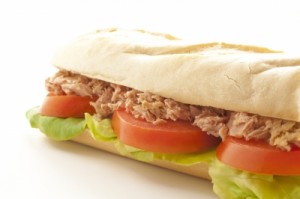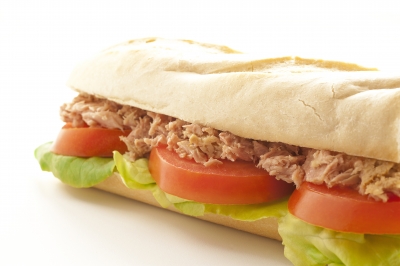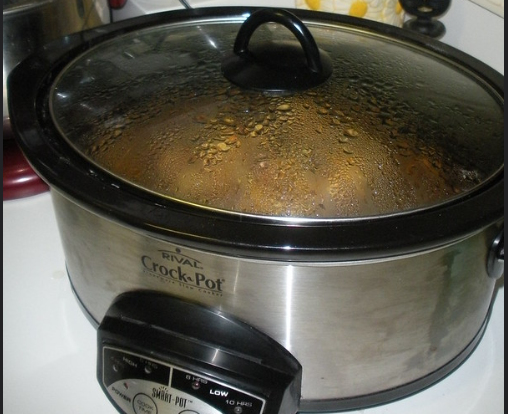Is your bank balance gradually sinking like a leaky old boat? Want to save more money without compromising on your lifestyle? If so you need to wake up and start plugging some money leaks. You don’t have to be mega-organized and make big changes to be more frugal. The Japanese have a term called “kai·zen” which just means making incremental progress or “baby steps” toward your goal will eventually get you there. In other words, by making a few small tweaks you can save some good money and still keep your family happy.
#1: Have a Weekly Meal Plan

#2: Get Creative with Kid’s Lunch Boxes
Saving on your budget doesn’t mean you have to pack your kids lunch with boring and unappetizing meals. You can live frugally by being creative with the lunch you pack for them while keeping it healthy. These days most lunchmeat isn’t cheap it often costs $7 or $8 a pound! You can buy good quality steaks for that! So a sandwich isn’t cheap (unless it is peanut butter and jelly). So figuring out ways to avoid lunchmeat is a money saver. One way is to use leftovers from last night’s dinner to create nice lunchtime treats for the children. Besides making your children’s lunch boxes interesting, you can make your own lunch hour more delicious by making the most out of leftovers. Some leftovers like fried chicken can be eaten cold, you can also slice chicken breast, ham or roast beef and make your own lunchmeat without all the preservatives and at a lower cost than the prepared stuff.
Casseroles make great leftovers, the kids will just need a way to warm it up. Many high school cafeterias have microwave ovens but this may not be an option in the lower grades. Other relatively inexpensive sandwich fixings include tuna (mixed with mayo and chopped celery) or mock grilled cheese. If a microwave is available just take two slices of unbuttered toast and slap a slice or two of cheese in between. At lunchtime your child just pops it in the microwave for a minute or so and voila a hot grilled cheese sandwich! Hot dogs and mini-pizzas (toasted English muffin with tomato sauce and cheese) are also favorites. One key to remember is that it doesn’t save money if your kids don’t eat it. Sandwiches get soggy, but if you can pack the makings separately and allow your child to assemble it, it will taste much better and you won’t be wasting money on food they don’t eat.
#3: Change Your Driving Habits
Being a mother means you are probably driving around a lot. Taking simple steps like changing your driving habits and carrying out easy checks can save you dollars on your vehicle costs. So make sure you’re driving at a steady speed, and get rid of any roof racks not in use. Also, check the car’s tire pressure from time to time because tires that are low in pressure are known to consume more fuel. Also plan your trips to take the shortest route without any “backtracking” and combine trips as much as possible. Avoid “jackrabbit” starts, and try to avoid the brakes as much as possible by taking your foot off the gas sooner and coasting longer, when coming to a stop.
#4: Leverage Discount Vouchers and Coupons
Spending is one thing and spending smartly is something else. Whether you’re shopping online or offline, you can always save some money by using various discount vouchers or coupons. Using these you can get money off on anything and everything – right from shoes to baby products to books. Having a discount voucher in hand, you’re bound to find a cheaper deal. If you shop around you’ll find that there are a vouchers and coupons available online for all types of products.
#5: Go Slow and Steady
Frugal living is not only beneficial in a crisis but also for your day-to-day living. But don’t overwhelm yourself by trying to be frugal in every aspect of your life right away. Remember kaizen… Consider it a step by step process so that you’re able to grow it to a level where you’re comfortable with your new lifestyle. If you are ever unsure about your new habits, resources like MoneyNing offers some great advice on frugal living and saving money.
All in all, the key to success with frugal living is to get the most out of the least investment in terms of time, money and resources. By mixing and matching the tips we discussed above you’ll be able to create a frugal living action plan that goes with your current lifestyle.
Image courtesy of m_bartosch / FreeDigitalPhotos.net





